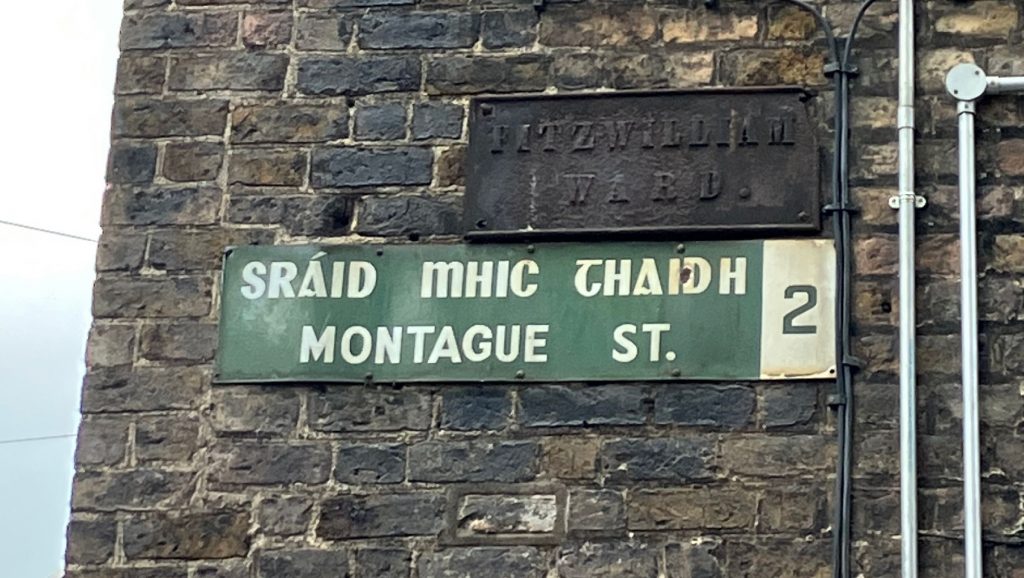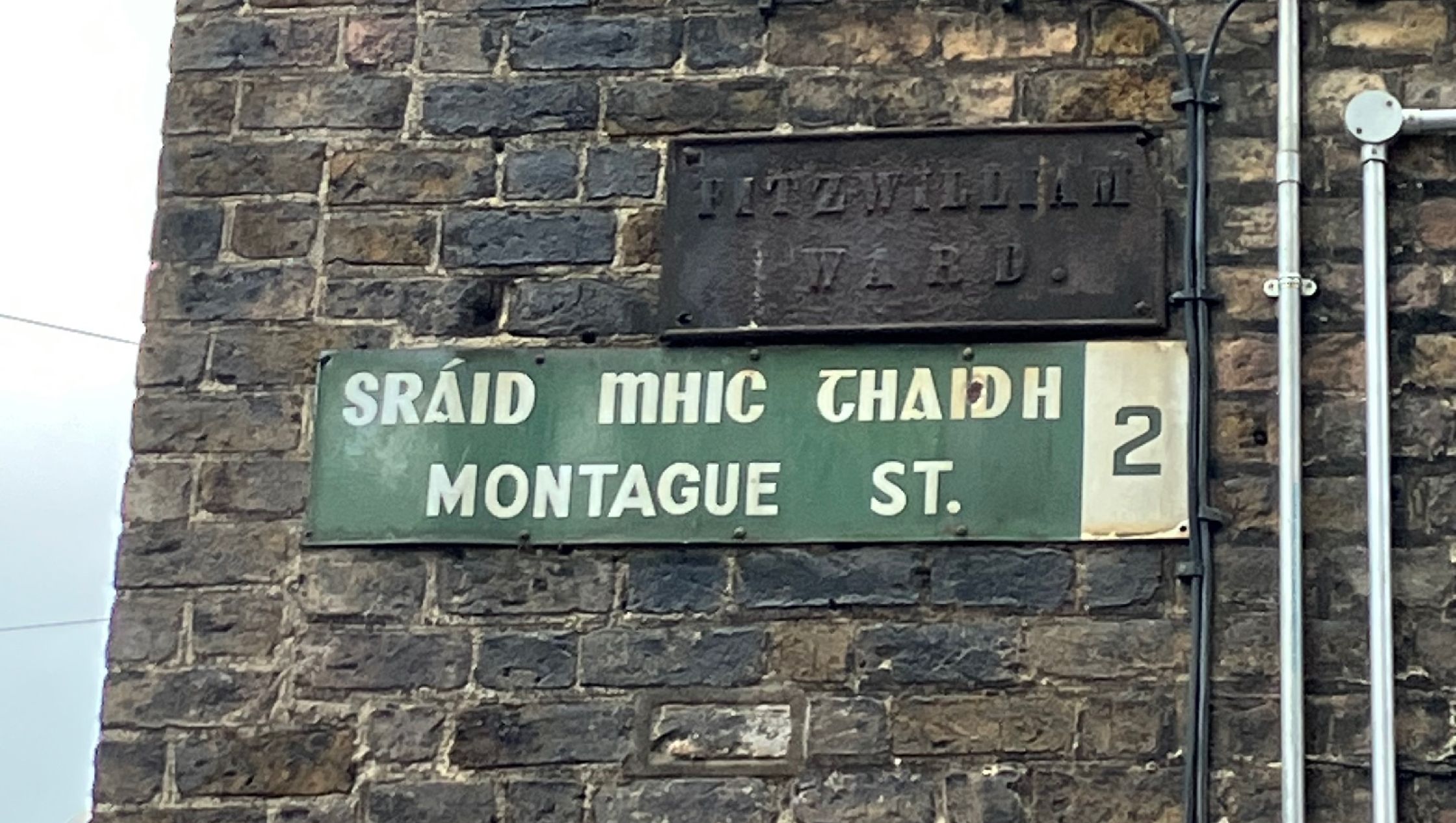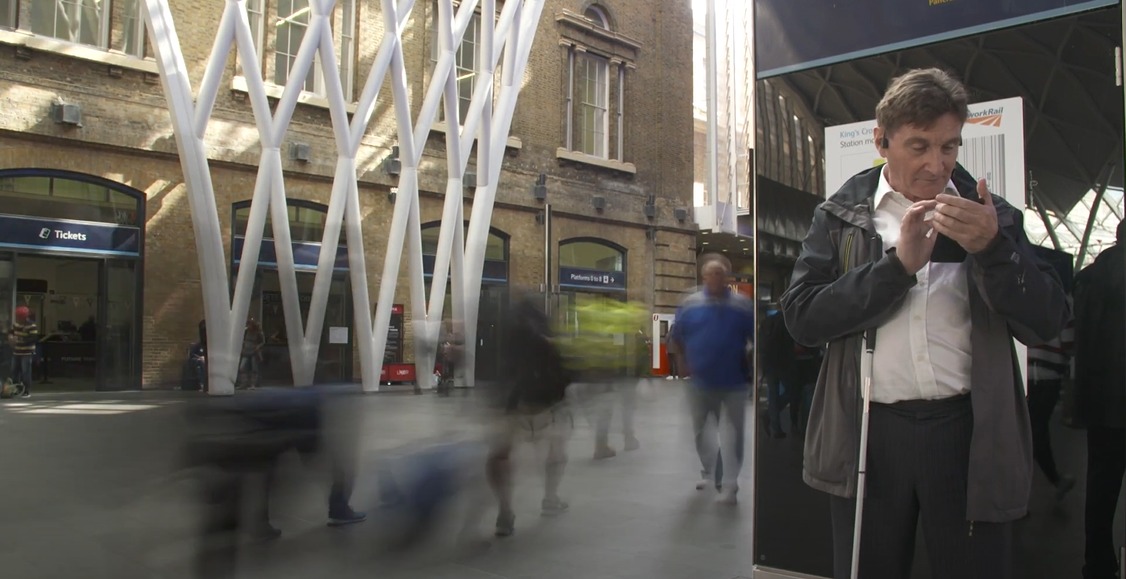Thursday 30 October (1pm GMT)

The CLÓSCAPE project focusses on the use of the cló gaelach in the Irish Streetscape, specifically on historic street signs in Dublin, and seeks to preserve a digital record of the signage for preservation and research. In this talk, Nicole Volmering addressed the history of the font, the signage and the work of the project.
In Ireland, Irish (more accurately insular) lettering can be seen on both historic and modern signage across town; on street signs, on pub fronts, on tourist (OPW) signs, and more. It often serves to invoke Irishness and Irish heritage, and for good reason: it represents the letter forms used to write Irish throughout most of its long history, going back as far as the sixth century. For the same reason, its functional use has been heavily debated. In terms of its public use, the Irish font (cló gaelach)was initially used as a form of “silent rebellion” against British rule, but came to be prominently used on local street signage from the start of the 20th century. Many signs in Dublin, the area I am currently researching, still bear historical street signs displaying the cló gaelach. However, despite their historic significance, cló gaelach signage is not protected or preserved outside of architectural conservation areas. Damaged signs are subsequently replaced by modern blue and white signs with Roman font, with no provision for the use of cló gaelach in the current Official Languages Act.
About the speaker
Dr Nicole Volmering is Research Assistant Professor in the Dept. of History at Trinity College Dublin. She is PI of the SFI-IRC project ‘Early Irish Hands: The Development of Writing in Early Ireland’, of the CLÓSCAPE project, and co-I of Wandering Books as well as Director of the Trinity Centre for the Book. She researches and teaches on the medieval insular world generally, but her main research interests concern writing practices in the broad sense, medieval Irish religious writings such as martyrologies, insular manuscripts and insular relations with the continent. She also researches the role of history in the present, and in education.


